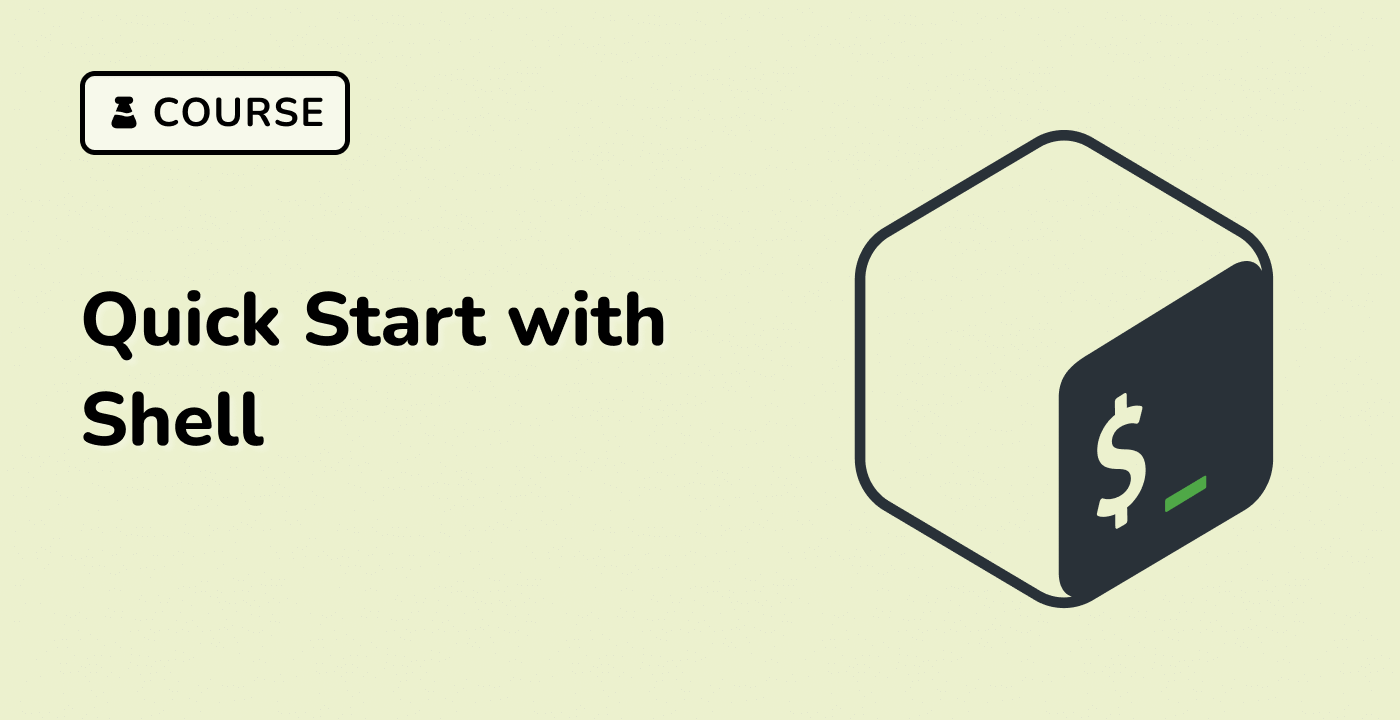Introduction
This comprehensive tutorial explores the fundamental concepts of file permissions in Linux systems, providing developers and system administrators with critical insights into managing file access, ownership, and security. By mastering permission techniques, users can effectively control system resources and protect sensitive data.




